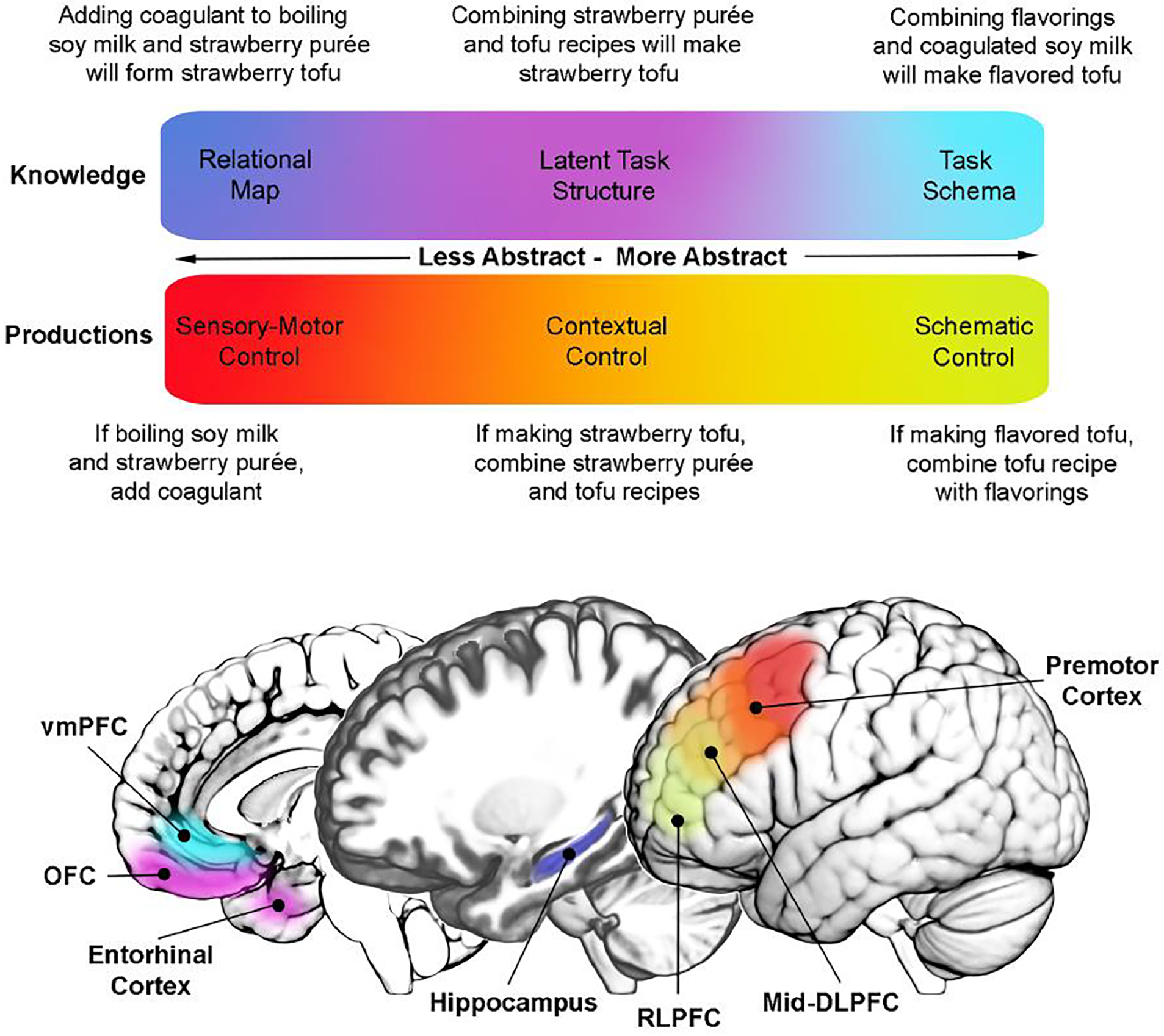Figure 2. Schematic summary of hypothesized relationship between task knowledge and control processes with regions of the cortex.

Above are two gradients of the proposed functions of these networks in representing abstract task knowledge (blue-cyan gradient) versus productions (red-green gradient), organized by their degree of abstraction. These colors are overlaid over cortical territories of focus in this review according to suggestions about their respective functions in this hypothesis. Around the perimeter of this color map are written examples for each of these representations in a single novel, unpracticed task (making strawberry tofu). As these examples illustrate, the same concrete or abstract task content can be formatted as relational knowledge about task states and associated actions, or in conditional statements mapping states to actions. Mid-DLPFC, mid-dorsolateral prefrontal cortex; OFC, orbitofrontal cortex; RLPFC, rostrolateral prefrontal cortex; vmPFC, ventromedial prefrontal cortex.
